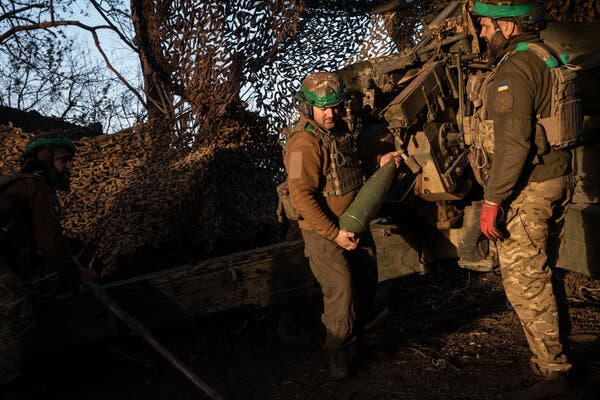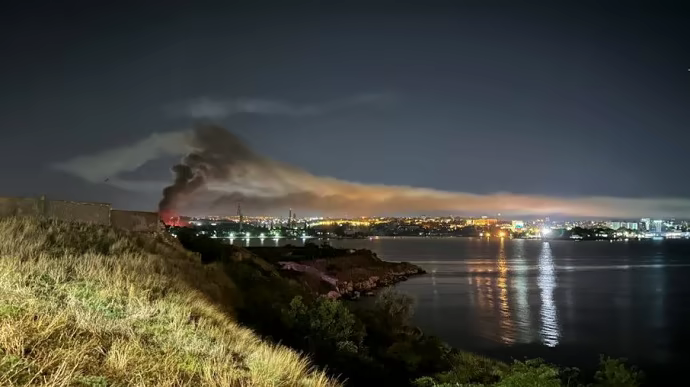NYT: Ukraine trades space for Russian losses in Donbas
Ukraine's military strategy in Donbas involves a slow, controlled retreat from key towns, aiming to inflict maximum casualties on Russian forces while preserving its own troops. This approach seeks to exhaust Russia's resources in a prolonged war of attrition.


Ukraine has officially announced the withdrawal of its troops from Vuhledar on 2 October, following reports of the city’s fall on 1 October. This retreat is part of a larger strategy employed by Ukrainian forces in the Donbas region, as reported by The New York Times.
The Russo-Ukrainian war has evolved into a war of attrition, with each side attempting to exhaust the other by inflicting maximum losses. Ukraine, faced with Russia’s overwhelming advantage in manpower and firepower, has adopted what Mykola Bielieskov, a military analyst at Ukraine’s government-run Institute for Strategic Studies, calls a strategy of “trading space for Russian losses.”
Vuhledar
The New York Times says Roman, a commander who defended Vuhledar with Ukraine’s 72nd Brigade, revealed that by late summer, Russian forces held a 10-to-1 advantage in artillery systems around Vuhledar. “How can one of our artillery systems fight 10 of theirs?” he asked.
Ukrainian brigade says it minimized losses through strategic retreat from Vuhledar
Despite holding Vuhledar for more than two years and inflicting significant losses on Russian forces, Ukraine eventually announced its retreat on 2 October, “to save personnel and military equipment.”
President Volodymyr Zelenskyy of Ukraine emphasized the importance of this strategy in his nightly October 2 address, stating,
“This is the most important thing — to exhaust the enemy.”
Losses
According to NYT, Ukrainian and Western officials point to rising Russian casualty figures as evidence of the war’s heavy toll on Russia. Nicholas Aucott, an adviser to the British military, reported nearly 1,200 Russian casualties a day in August this year.
Throughout the war, Russia has lost roughly three armored fighting vehicles for every Ukrainian one, according to Oryx, a military analysis site. Analysts from the Royal United Services Institute estimate that at the current rate of losses and replacement production, Russia is likely to exhaust its stocks of armored fighting vehicles by 2026.
Ukraine’s manpower and firepower disadvantages were reportedly starting to narrow thanks to mobilization efforts and increased ammunition supplies from Western allies. Gen. Oleksandr Syrskyi, Ukraine’s top commander, said last month that the ratio of artillery shell usage between Russia and Ukraine had narrowed in recent months.
However, it remains unclear how much territory Kyiv will have to concede before the Russian Army runs out of steam — if it ever does. The situation is further complicated by Ukraine’s offensive into Russia’s western Kursk region in August, which has stretched its resources, NYT notes.
Related:
- Russia’s elite units suffer more losses in year-long battle for Vuhledar than in 10 years in Chechnya
- British intel: Zaporizhzhia front faces increased pressure after Russia captures Vuhledar
- Russia severely damages critical infrastructure in Pokrovsk, key Ukrainian logistics hub
- War not stalemated, Ukraine can win with increased Western support, retired US general says
- ISW: Russian offensive in Ukraine to culminate in coming months “if not weeks”
- Ukrainian brigade says it minimized losses through strategic retreat from Vuhledar
- Ukraine’s 72nd Mechanized Brigade holds Vuhledar in Donetsk Oblast despite Russian assaults



